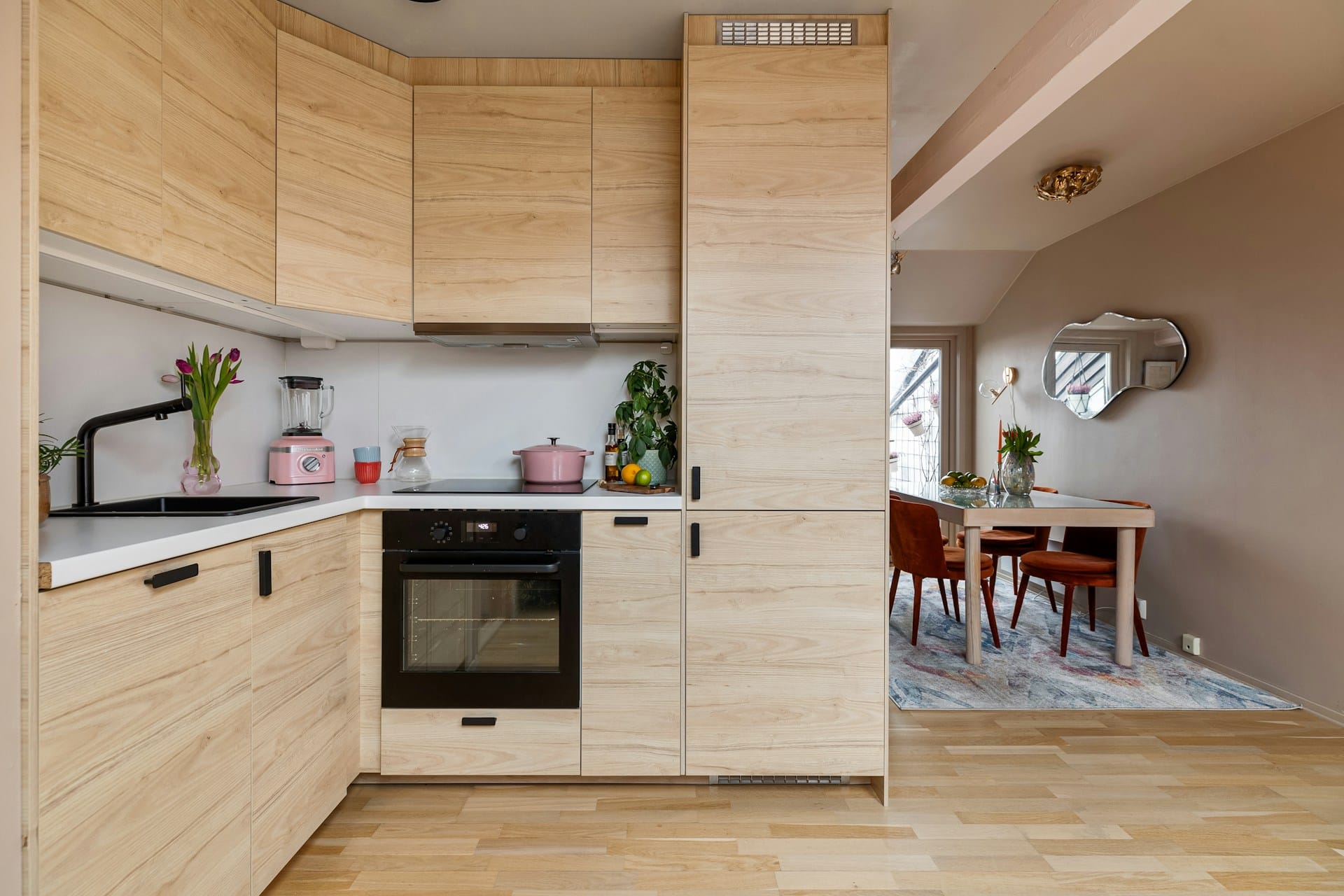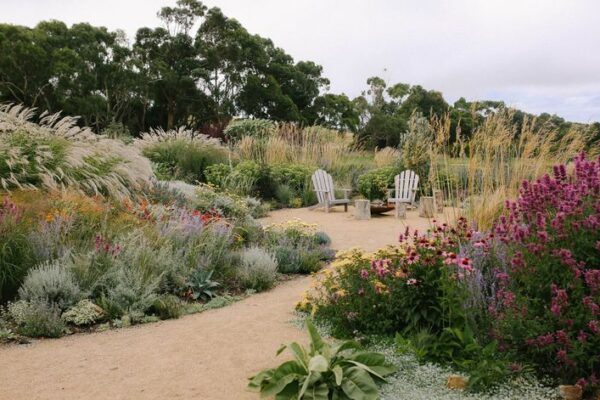Australian homes are among the biggest in the world, averaging more than 228 square metres. For decades, size was sold as success: the dream of a sprawling suburban house, extra bedrooms for guests, and maybe even a theatre room no one used. But that story is starting to fray.
More of us are starting to question whether bigger really means better, swapping suburban McMansions for compact houses on skinny blocks, clever infill builds, and even apartments as small as 35 square metres.
Rising costs, smaller blocks, and a desire for simpler lives are nudging more of us toward compact homes that are easier to run and closer to where life happens.
Image via Unsplash

Spaces That Do More
Step inside a typical house and you’ll see the same pattern, rooms given a single role: the lounge for watching TV, the dining room for meals, the study for work.
Designers are responding by making every square metre work a bit harder. Fold-down wall beds transform a spare room into a playroom. Custom joinery hides storage inside benches or stairs. Sliding screens let a single room shift from a private study to an open living area. Flexibility is becoming the new marker of good design.
Builders such as 101 Residential are applying these ideas to new builds, stripping out wasted corridors and oversized bedrooms in favour of layouts that feel open, flexible, and suited to modern living.
What You Gain
The benefits of smaller homes ripple out. Energy bills shrink when you only heat and cool the rooms you use — heating and cooling alone account for nearly 40% of household energy demand. Fewer materials are needed for construction, lowering embodied carbon. Compact blocks reduce sprawl, leaving more space for trees, gardens, and shared green areas.
On the practical side, it means smaller rooms to clean, less garden to maintain, and fewer surfaces for clutter to pile up. Smaller homes are often quicker to tidy, easier to furnish well, and less demanding to keep in good repair. What can seem like a compromise on space often opens up more time, more comfort, and more financial breathing room.
Community and Connection
The ripple effects don’t stop at your front door. Compact homes mean more people can live closer together without losing green space. That creates walkable streets, thriving local shops, and neighbourhoods where bumping into people is part of daily life.
As architect Anita Panov puts it, “Making more of what we’ve got in built-up areas makes a lot of sense so we can grow the richness and diversity within those communities.”
Smaller footprints also free up room for shared gardens, trees, or pocket parks instead of endless driveways and fences. Over time, that builds suburbs that feel friendlier and more connected — places where people walk more, drive less, and get to know their neighbours.
So while living smaller might sound like cutting back, it often means gaining more. More ease in your day-to-day. More money in your pocket. More connection to the people and places around you.


